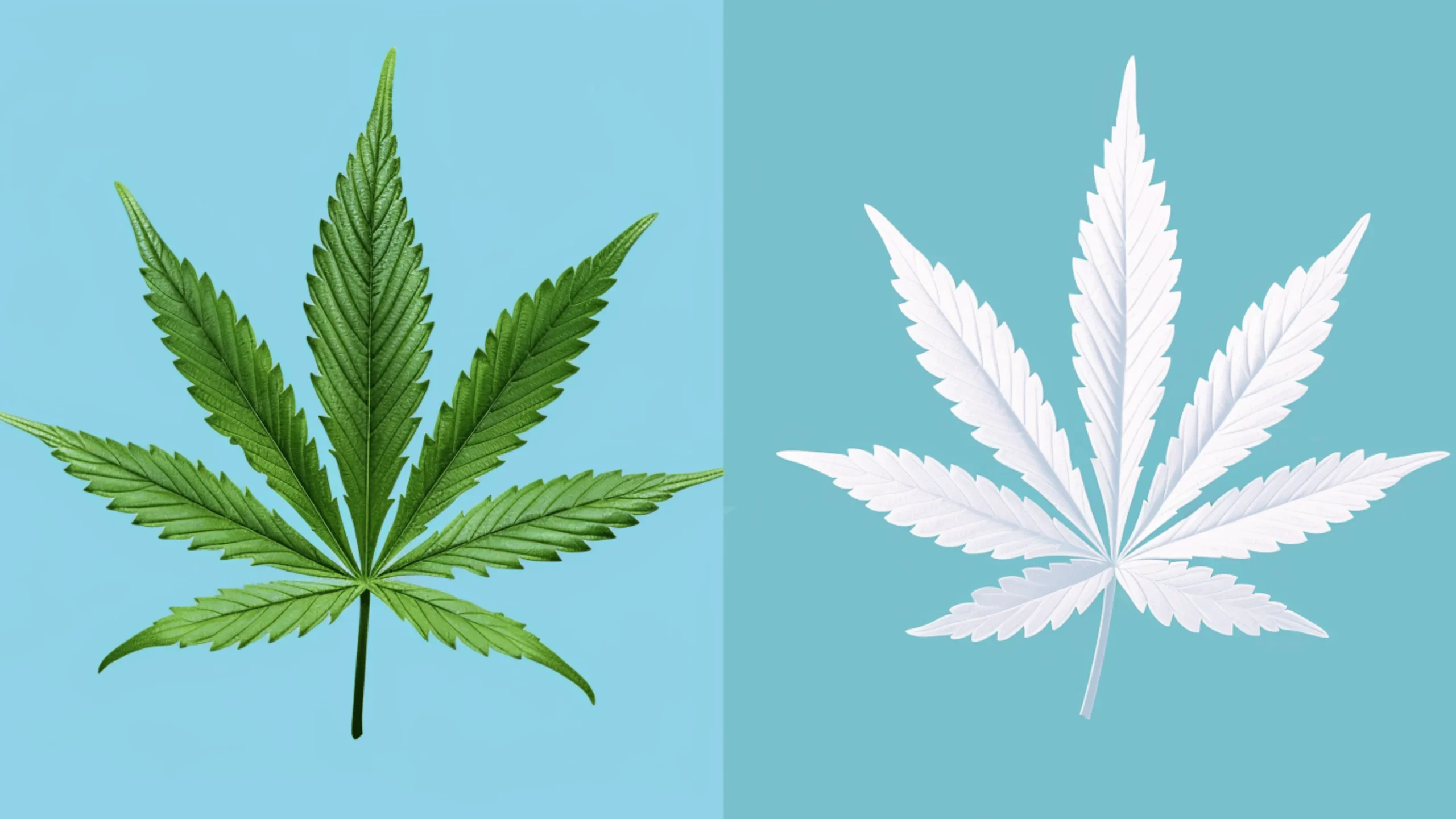CBD and THC are both key compounds found in cannabis plants. THC is psychoactive, while CBD is non-psychoactive. Both CBD and THC are used for various medical purposes, but CBD is legal in more places due to its non-intoxicating nature. CBD and THC have specific effects on the body and we’ll cover these in more detail later.
The legal cannabis market expands and the demand for CBD products, driven by consumer interest in wellness and natural remedies, continues to rise in most parts of the world, including Europe. CBD market entrants should understand that CBD’s demand lies in its versatility, offering benefits like stress relief and pain management. Understanding the differences between CBD and THC to ensure compliance with regulations is not less important.
CBD vs. THC
As marijuana legalization spreads across more states in the US and many countries in Europe, like Germany, understanding of the plant’s key components, CBD and THC, also has grown during recent years. CBD and THC are among over 100 cannabinoids found in the cannabis plant that interact with the human body. Both CBD and THC influence the body’s endocannabinoid system, but they do so in different ways.
THC directly binds to receptors in the brain, causing psychoactive effects. On the other hand, CBD does not produce this kind of impact, making it a popular choice for those seeking medicinal benefits without any psychoactive effects.
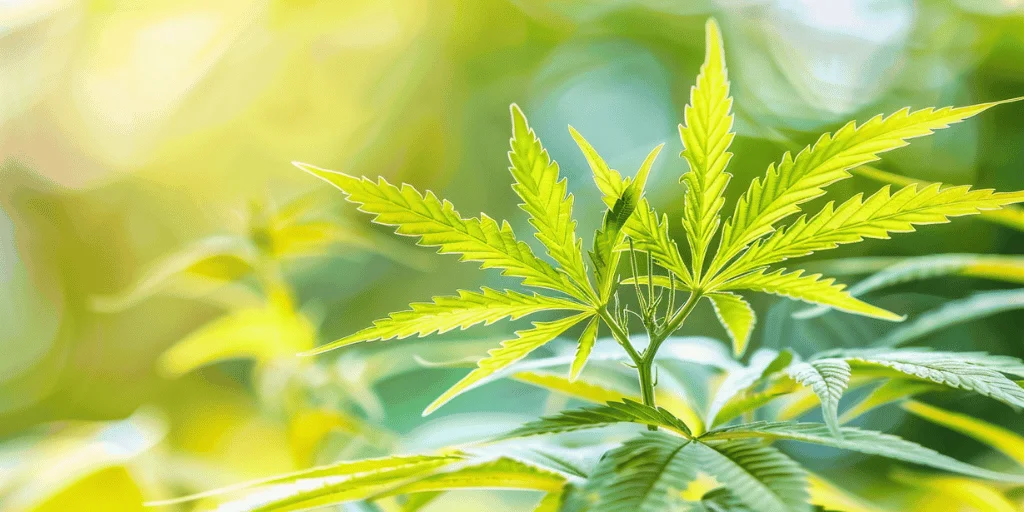
What is CBD?
CBD is one of the primary cannabinoids found in Cannabis sativa plants. Depending on the levels of CBD and THC, Cannabis sativa is classified into three types.
- Type I which contains more than 0.3% THC and less than 0.5% CBD;
- Type II which contains more than 0.3% THC and 0.5% CBD;
- Type III, with less than 0.3% THC and more than 0.5% CBD, which is classified as hemp.
For businesses in the CBD market, it’s important to note that only CBD derived from hemp is legal across many European countries. CBD is a popular option for consumers looking for therapeutic benefits without the high caused by THC. Available in forms like oils, capsules, cosmetics and many more, CBD products are increasingly in demand, especially for their potential health benefits, including pain and anxiety relief.
What is THC?
THC is the main psychoactive compound in Cannabis sativa plants responsible for the intoxicating “high” often associated with marijuana. THC is classified as a Schedule 1 controlled substance by the US Drug Enforcement Agency (DEA) due to its potential for abuse and its lack of federally recognized medical use, although some states have legalized its use for medicinal or recreational purposes.
THC is available in various forms, including dried herbs or flowers, hash, and hash oil. While the herbal form, made from dried cannabis buds, is the most widely consumed, hash and hash oil are more concentrated.
CBD and THC origins
CBD and THC are both derived from Cannabis sativa plants, but their origins and effects set them apart. CBD is typically sourced from hemp, a variety that contains less than 0.2-0.3% THC. Cannabis plants with higher THC concentrations, on the other hand, are classified as marijuana. Both CBD and THC are found in the resin of the female cannabis plant’s leaves and buds, with CBD also present in the flowering heads of hemp plants.
The key distinctions
Though CBD and THC both come from the same cannabis plant, specific nuances lead to different interactions with the body. THC binds directly to CB1 receptors in the brain, producing psychoactive effects, while CBD interacts more indirectly with these receptors, resulting in no intoxicating effects. This main difference in how CBD and THC affect the body also influences their legal status.
THC is still highly regulated due to its psychoactive properties and potential harm in many parts of the world. In contrast, CBD, when derived from hemp containing less than 0.2% THC, is legal in many European countries. If you’re starting a CBD business, you must be aware of these legal nuances to ensure compliance in the expanding CBD market.
Chemical structure
CBD and THC share the same molecular formula, consisting of 21 carbon atoms, 30 hydrogen atoms, and two oxygen atoms. However, the difference between CBD and THC lies in how these atoms are arranged, resulting in distinct chemical properties and different effects on the body. The unique structure of THC allows it to bind directly to CB1 receptors in the brain. In contrast, CBD has a more indirect influence on these receptors, which is why it doesn’t produce any psychoactive effects.
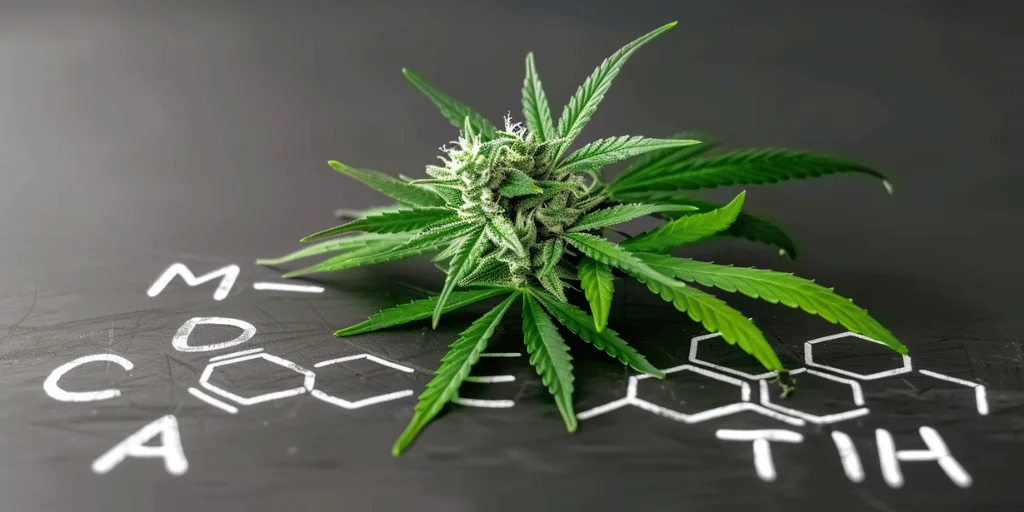
Psychoactive properties
While THC is widely recognized for its psychoactive effects, many think that CBD is not psychoactive. According to some experts, CBD can be actually considered psychoactive in some ways – it affects the brain, but it doesn’t cause intoxication or damage cognitive function like THC does. THC produces a high by binding directly to CB1 receptors in the brain, whereas CBD does not attach to these receptors, which is why it doesn’t create the same intoxicating effect. Interestingly, when CBD and THC are consumed together, CBD can actually block some of THC’s effects by stopping it from binding to these receptors.
The summary of CBD and THC differences
| CBD | THC | |
| Origins | Cannabis sativa plant | Cannabis sativa plant |
| Legality | Legal in many parts of the world, though regulations vary by country. | Legal for recreational use in a few European countries and certain US states. It is also legal for medical use in many European countries. |
| Psychoactive properties | No | Yes |
| Interaction with the endocannabinoid system | Yes | Yes |
| Side effects | Generally well-tolerated, with mild side effects like fatigue, dry mouth, or changes in appetite. | May cause side effects such as euphoria, anxiety, impaired memory, and altered coordination. |
| Therapeutic uses | Commonly used for anxiety, pain relief, inflammation, and epilepsy. | Commonly used for chronic pain, appetite stimulation, nausea reduction, and insomnia relief. |
Effects on the human body
CBD and THC can make people feel different when they use them. Here’s the effects that CBD and THC has:
CBD effects
Scientists have identified multiple “molecular targets” in the body that are influenced by CBD, though the exact mechanisms of how it works remain unclear. Researchers believe that CBD may slow down brain signals, reduce inflammation, and adjust calcium levels in brain cells, which play a crucial role in cell communication. However, a significant concern with CBD products is their lack of regulation. Many CBD products still differ in product labeling and quality.
A study conducted in the US found that over 25% of CBD products contained less CBD than advertised, with some even containing higher levels of THC, which could result in unexpected effects, including a false positive on drug tests. Business representatives entering the CBD market should prioritize transparency and quality assurance to build consumer trust and comply with regulatory standards.
THC effects
THC stimulates the brain’s pleasure centers by releasing dopamine, the “feel-good” hormone, resulting in a relaxed and euphoric sensation. The potency of THC in marijuana has increased significantly over the years. In the mid-1990s, the average THC content was around 4%, whereas today’s marijuana plants often contain 15% THC or more. This rise in potency intensifies the effects on the body and brain, which can lead to unexpected experiences. Higher levels of THC also come with potential mental health risks, including hallucinations and even psychosis.
Medical benefits
CBD and THC share many medical benefits and are often used to ease similar conditions, such as pain, anxiety, and inflammation. Both cannabinoids interact with the body’s endocannabinoid system to provide therapeutic effects, although their outcomes differ depending on factors like dosage, frequency of use, and product quality. THC, due to its psychoactive properties, may be even more effective for conditions requiring stronger relief, such as severe pain or nausea.
CBD medical benefits
In June 2018, the US FDA approved Epidiolex, the first CBD-based prescription medication. Epidiolex is derived from the cannabis plant and refined into an isolate that is 99% pure CBD. It is specifically used to treat rare and severe forms of epilepsy, providing a breakthrough option for patients with difficult-to-manage seizures. While Epidiolex is the only FDA-approved CBD medication, other commercially available CBD products, like oils and capsules, are widely used to alleviate symptoms of conditions such as anxiety, depression and insomnia.
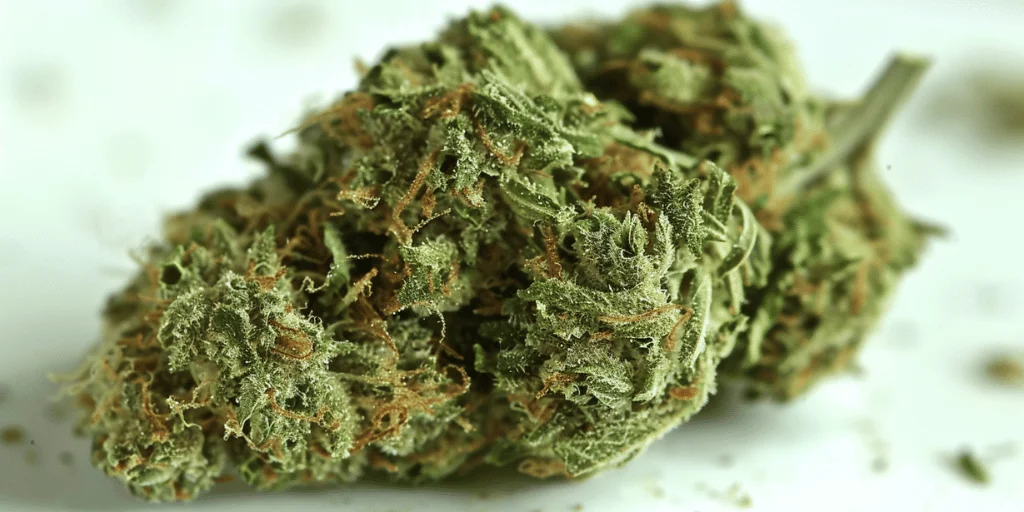
THC medical benefits
The FDA has approved two synthetic forms of THC, nabilone and dronabinol, to treat specific medical conditions. Nabilone, sold under the brand name Cesamet, is approved for managing chemotherapy-induced nausea and vomiting. Similarly, dronabinol, marketed as Marinol and Syndros, is FDA-approved for the same purpose and is also used to stimulate appetite in individuals suffering from AIDS or anorexia.
Beyond these FDA-approved uses, THC is widely recognized for its ability to help with nausea, appetite stimulation, pain relief, and insomnia. Emerging research is also exploring THC’s potential in treating chronic pain conditions like fibromyalgia, further expanding its therapeutic applications.
Similarities between CBD and THC
Despite their nearly identical chemical composition, CBD and THC can produce some extending effects, such as pain relief, anxiety reduction, and anti-inflammatory properties. Interestingly, when used together, CBD and THC can enhance each other’s benefits through what’s known as the “Entourage effect“. This phenomenon occurs when different cannabinoids interact synergistically, potentially leading to more effective results than when used separately. For instance, CBD can help reduce some of the psychoactive effects of THC, making the overall experience more balanced and convenient.
Potential benefits
Both CBD and THC have proven effective in managing sleep issues and physical pain, with CBD being especially useful for alleviating stress and anxiety. When used together, their combined effects can enhance medical benefits. An example of this synergy is Nabiximols, a 1:1 mix of THC and CBD, which is used to relieve symptoms of multiple sclerosis and cancer-related pain. Although approved in 27 countries, Nabiximols has yet to gain approval in the US. Additionally, clinical studies suggest that mixtures of THC and CBD can be beneficial for managing symptoms of post-traumatic stress disorder (PTSD) and amyotrophic lateral sclerosis (ALS).
Ingestion methods
CBD and THC can be consumed through various methods. One common way to consume both CBD and THC is through smoke inhalation by igniting dried cannabis flowers. Another popular method is vapor inhalation using a vape pen.
Edibles, such as CBD gummies, are also widely used, offering a convenient and discreet way to consume these cannabinoids. Additionally, oils are also versatile options, often used sublingually or topically.
CBD and THC: side effects
CBD is generally well tolerated, even in large doses, and its side effects are often linked to drug-to-drug interactions with other medications, potentially leading to issues like liver damage. THC, on the other hand, can cause both temporary side effects, such as impaired cognition, and long-term negative psychiatric effects. These effects come from THC’s psychoactive properties, and while neither CBD nor THC is fatal, excessive use of THC may be associated with long-term mental health risks. Some studies suggest that high THC consumption can contribute to conditions like amotivational syndrome, where individuals experience symptoms of depression and low motivation. However, current evidence does not conclusively link cannabis use to psychiatric disorders like schizophrenia.
CBD and THC legality (2025)
Laws and regulations surrounding cannabis, marijuana, and CBD in Europe vary widely between countries and are constantly evolving. CBD derived from hemp is generally legal across most European countries, as long as it contains less than 0.2-0.3% THC, depending on the country’s regulations. However, many nations establish restrictions on how CBD products can be marketed and sold.
Marijuana laws differ significantly across Europe. Some countries, like the Netherlands, have decriminalized or legalized marijuana for recreational use, while others, such as Italy, permit its use for medical purposes with a prescription. Despite growing acceptance at the national level, marijuana remains illegal in several countries and is subject to strict penalties.
Although some nations allow the medical use of THC, the European Medicines Agency (EMA) has not approved it for widespread medical treatments. Only a few cannabis-based drugs, such as Sativex (nabiximols) for multiple sclerosis and dronabinol for chemotherapy-induced nausea, are approved for medical use in certain countries. Europe is currently reviewing its cannabis regulations, with some nations considering broader reforms that could lead to greater acceptance of both CBD and THC products across the region.
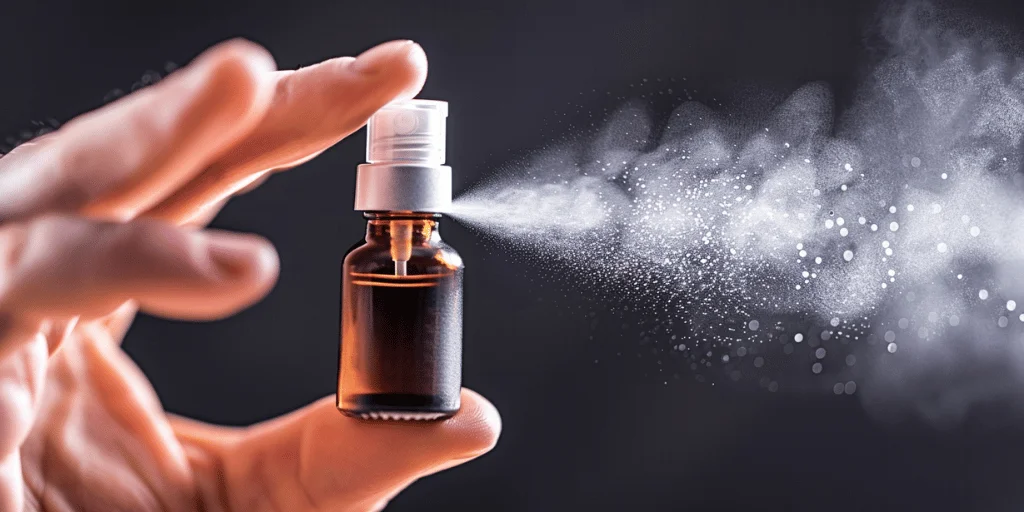
Takeaway
Although both CBD and THC are cannabinoids, they interact differently with the cannabinoid receptors in the brain. Research shows that THC binds to cannabinoid receptors, specifically CB1 receptors, due to its chemical similarity to anandamide, a naturally occurring endocannabinoid in the human body. This interaction is what causes the psychoactive effects, or the “high,” typically associated with recreational cannabis use.
CBD, on the other hand, does not produce this intoxicating effect. Researchers believe that CBD interacts with cannabinoid receptors in a different way than THC, although the exact mechanism is still not fully understood. It is thought that CBD may enhance the effects of other cannabinoids or interact with additional receptors in the body, which have yet to be fully explored. For Europeans, the legal landscape surrounding these compounds varies by country, with CBD generally legal under strict THC limits, while THC remains more tightly regulated.
